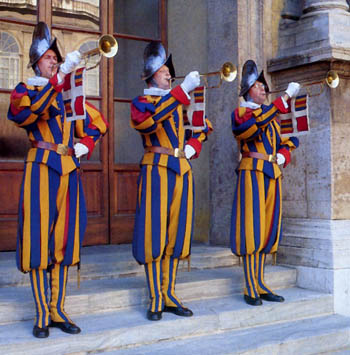Lugares de interés (POIs) del Mapa
0: Welcome Google Trekkers
Watch the following Welcome Message before starting your Trek.
Introduction VIDEO to the various building sites.
ENJOY!
(Italian - godere)
Más sobre Welcome Google Trekkers
1: Student Information
This GoogleTrek™ will take you on a journey through Italy and some of its most famous buildings.
There are a total of ten sites that you will visit. You don't have to visit them in any specific order, but make sure you visit ALL ten! Your final project will be to create a "CUBE" to show your knowledge about six of the ten buildings.
Directions:
- Click on an icon of one of the buildings to visit that site.
- Read the information about each of the buildings and take notes to be used on your Cube. Download the Planning Sheet to be used to take notes. (You need at least two facts to be included on your cube).
- As you are visiting each site, drag and drop a picture to your Desktop of the buildings that you will use on your Cube. (You will want to rename your picture file once it is on the Desktop).
- Once you have visited all ten sites, click on the "CUBE" link to create your CUBE.
- Once you have completed your CUBE, print it out.
- Follow the directions in cutting out your CUBE and putting it together as a finished product.
*Hint: Click on the hyper-links within the information areas about each site to learn more. Some of the pictures are links to larger pictures.
Más sobre Student Information
2: Assessment - Rubric
Click on the Rubric link below to see a copy of the rubric that will be used to assess your finished Cube.
Print a copy if you would::text like to have a hard copy to place in your folder.
Rubric
Más sobre Assessment - Rubric
3: Duomo - Milan Italy
The Gothic cathedral took nearly six centuries to complete. (Wow! How many total years is that?)
It is the fourth largest cathedral in the world and the largest in the Italian state territory.
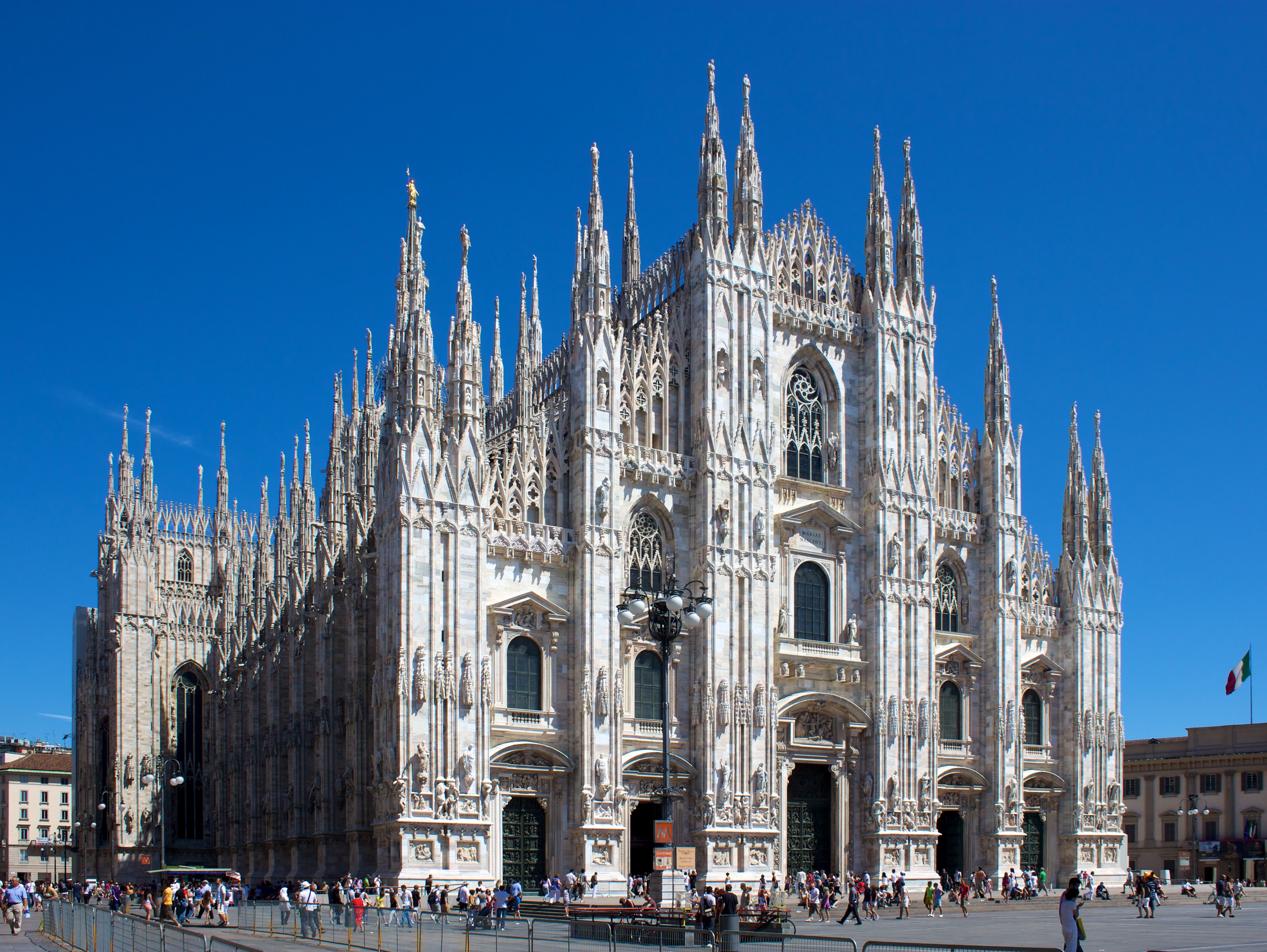
Source
Más sobre Duomo - Milan Italy
4: St Mark's Basilica, Venice
It was originally built in 828. The church burned down in 976 during an uprising. It was rebuilt twice, the last time in 1063.
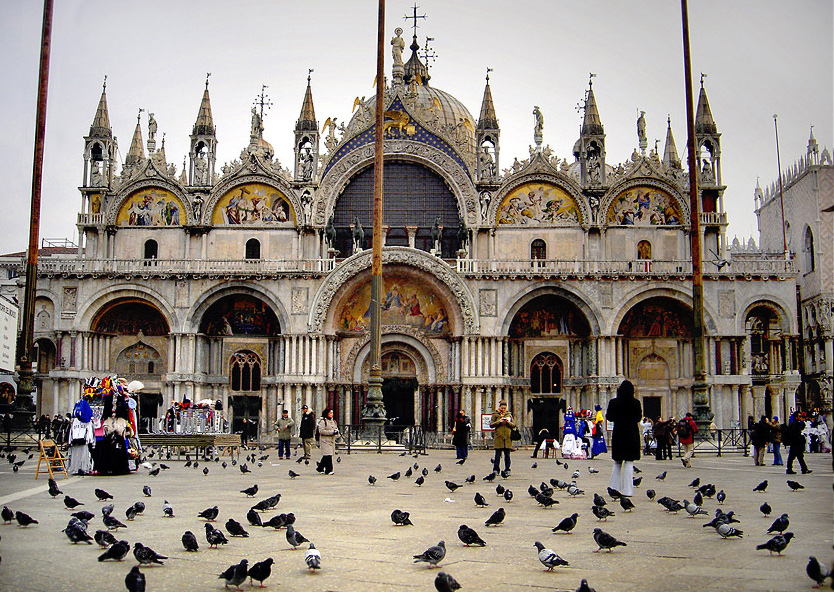
Source
The Greek Horses

The Horses of Saint Mark were installed on the basilica in about 1254.
The Horses of St. Mark's is a set of bronze statues of four horses. They were part of a monument depicting a four-horse carriage used for chariot racing.
Source
Más sobre St Mark's Basilica, Venice
5: Leaning Tower of Pisa - Pisa, Italy
Why the Lean?

The leaning Tower of Pisa is famous because it leans. Although it was designed to be perfectly vertical, it started to lean during construction. However, even without this famous characteristic, this building would still be one of the most
remarkable architectural structures.
Source
Video - YouTube
Más sobre Leaning Tower of Pisa - Pisa, Italy
6: Florence Cathedral
The cathedral was begun on September 8, 1296. The dedication of the cathedral took place on March 25, 1436. Nearly 140 years later!

The Cathedral (Il Duomo) is the third largest Christian church in the world.
Source
Más sobre Florence Cathedral
7: Colosseum - Rome, Italy
The huge amphitheater was built on the site of an artificial lake, part of Nero's huge park in the center of Rome.
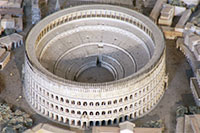
Source
The Colosseum could accommodate some 55,000 spectators who could enter the building through no less than 80 entrances.
Games were held for a whole day or even several days in a row. They usually started with comical acts and displays of exotic animals (Lions) and ended with fights to the death between animals and gladiators or between gladiators. These fighters were usually slaves, prisoners of war or condemned criminals.
For more information on the Colosseum
Video - YouTube
Más sobre Colosseum - Rome, Italy
8: St. Peters Basilica - Vatican City

The Basilica was begun on April 18, 1506 and was completed on November 18, 1626. It is the burial site of St. Peter.
Source
Near the entrance of the Basilica you will probably encounter some of the famous Swiss guards.
Aerial View of St. Peter's Square

St. Peter's Square was designed by Bernini and built between 1656 and 1667. There are two beautiful fountains in the square.
Click HERE to watch a video about the St. Peter's Basilica
Source
Más sobre St. Peters Basilica - Vatican City
9: Pantheon - Rome
The ancient Rome Pantheon remains to this day the bestpreserved of all ancient Roman buildings.
The pantheon was built in 27AD by Marcus Agrippa, anddedicated most probably to all the gods in general, as the name Pantheonimplies. The original Pantheon was destroyed along with other buildings in thegreat fire of Rome in 80 AD. After some time, the Pantheon was rebuilt around118 AD. (Source)

The Pantheon was originally built as a pagan temple for the common people to worship the 7 Roman Gods - Sun, Moon, Venus, Saturn, Jupiter, Mercury, Mars.
Video showing the inside of the Pantheon.
(This video also includes information on the Colosseum)
Más sobre Pantheon - Rome
10: Castel Sant Angelo - Rome

During its many years of existence, the building functioned first as a mausoleum, then became part of the city wall and later was turned into a fortress before it functioned as a papal residence and finally as a barracks and military prison. It is currently a national museum. (Source)
Terrace of Castel Sant'Angelo

You will find the angel Michael on the top of the Castel Sant'Angelo.
Más sobre Castel Sant Angelo - Rome
11: Arch of Titus - Rome
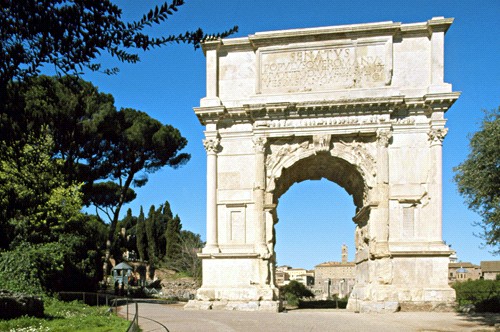
Source
The Arch of Titus is a 1st-century honorific arch. It was constructed in 82 AD by the Roman Emperor Domitian shortly after the death of his older brother Titus.
The Arch of Titus has provided the general model for many of the triumphal arches erected since the 16th century. One of the most famously it is the inspiration for the 1806 Arc de Triomphe in Paris, France, completed in 1836. (Seen below)

Más sobre Arch of Titus - Rome
12: Bridge of Sighs - Venice
The bridge Bridge of Sighs, Venice was intended to connect the Old Prison and interrogation rooms in the Doge's Palace to the New Prison, which was situated directly across the river.

Source
Más sobre Bridge of Sighs - Venice
13: Teacher Information
The trek includes some of the most popular architectural buildings found in the city of Rome as well as other cities throughout Italy.
Students will visit all ten sites and learn some fun informational facts about each site. As they visit each site, they will take notes in order to create their own "Cube" from the Read, Write, Think web site. Their CUBE will allow them to demonstrate their understanding of the information about each site. (They will choose six of the ten sites to create their cube).
Students will also drag and drop images of their six chosen buildings to their desktop to be included on their cube. (Make sure students cite their pictures).
Más sobre Teacher Information
14: Standards
Common Core Standards:
Reading Informational Text
- RI.3.5 - Use text features and search tools (e.g., key words, sidebars, hyperlinks) to locate information relevant to a given topic efficiently.
- RI.3.7 - Use information gained from illustrations (e.g., maps, photographs) and the words in a text to demonstrate understanding of the text (e.g., where, when, why, and how key events occur).
Social Studies Standards - 3rd Grade
Strand 2: World History
- PO 3. Recognize how representative government, mythology, architecture, and language in Ancient Rome contributed to the development of their own and later civilizations.
Technology Standards
Research and Information Fluency
- B. Locate, organize, analyze, evaluate, synthesize, and ethically use information from a variety of sources and media.
Creativity and Innovation
- A - Apply existing knowledge to generate new ideas, products, or processes.
Más sobre Standards
